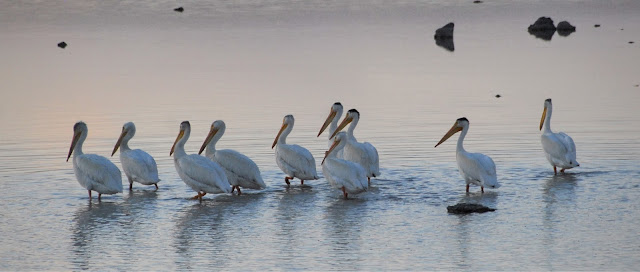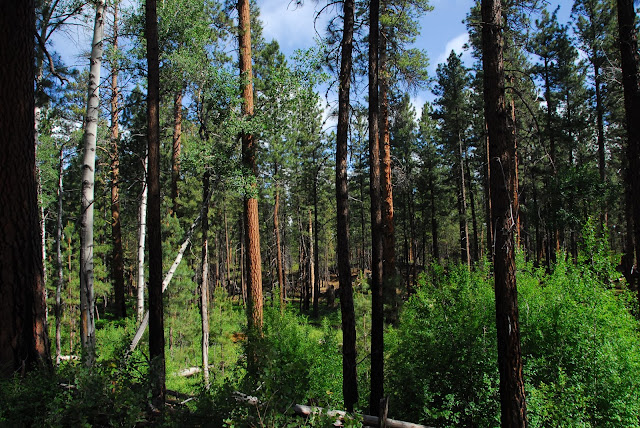So, after looking at some video clips, and realizing you needed to probably get climbing permits a year in advance, I realized that I wasn't particularly hellbent on summiting the mountain. It might be something I aspire to in a couple years, but that wasn't my goal for this year. I wanted to get my feet wet by doing a series of one day hikes, loops or out and backs, just to get a feel for the area. So I came up with a list of hikes that I found on the Washington trails association site, that even a novice such as myself should be able to handle. I'll let you in on a little secret: as much as I love to be outside, I am not a veteran hiker, mountain climber or even that interested in either pastime. Although one of the guide books in my short pile is 'The Pacific Crest Trail', this is more in the way of hopeful inspiration. I have a not so great back that won't put up with carrying 30-40 pounds and hiking up and down mountains for 15 miles a day. So I compromise and have become a veteran truck camper, and I planned to do so on these trips as well. Hike for the day, find a place to camp with the truck for the night, then head to a different nearby hike the next day before driving home.
I decided to start with the west side, which is approachable from only one road, Highway 504. This two lane road runs 52 miles from Castle Rock off of I-5 and ends at the Johnston Ridge Observatory. You pass a few small hamlets and will notice quite a few tree farm crop signs with planting years noted. What I didn't see were any campgrounds closer than thirty miles back from the park in a little blip of a town called Kid Valley. But I had noted on my atlas and in Google maps that sections just north of the road were intermittently Gifford Pinchot National Forest, and where there's G.P. land, there's dispersed camping on any forest service road you can get yourself on. Almost always, except when all that land has apparently been leased to Weyerhauser for Noble fir farms. And the log trucks were making regular hauls out, heading past me back towards the mills in Kalama and Kelso/Longview, so trying to sleep up a logging road would be a foolhardy risk. Those guys show up to work early in the morning and in a clear cut, there's nowhere to hide my truck. Well, I'd figure that out later, for now I just wanted to get up close to the mountain and stretch my legs and eat the lunch I'd packed.
I did a quick stop at Coldwater Lake, which is pristine and beautiful, walked the boardwalk and watched the diving swallows over the water. Then drove across the Coldwater Creek Bridge and found the parking lot for Hummock's trail just ahead on the right. This trail takes you through land that is completely transformed in recent years, with small ponds and meadows appearing in valleys amidst the drier hillsides of pumice. But everything is covered with growth, be it wildflowers, tall trees with lush grasses under their canopy. Bees, hummingbirds, songbirds, chipmunks and squirrels are omnipresent. It's amazing what can return in 36 years. Under the sweet smell of blooming wildflowers, I detected an almost acidic odor that I attributed to the pumice and ash. It was an unusual and beautiful landscape, and I shuffled through the 4.5 mile loop in a couple hours, stopping often to look and listen, and snap photos.
Coldwater Lake
foxglove
Hummock's trail
scarlet indian paintbrush
Hummock's trail
White-crowned sparrow
Song-sparrow fledgling- dark Pacific form
American goldfinch
common monkey-flower
red elderberry
This old thing again..
and once again for the cheap seats..
home for the night
I slept pretty well and packed up and headed back up to the big parking lot up top at Johnston Ridge. Because I had a NW forest pass I could get a free pass to park and hike for one person, otherwise it's $8 a piece. Ouch. I headed to hike out at 10am, which is when the visitor center with it's accommodating bathrooms opens, and had a few people in front of me on the trail. I built a bigger gap by dawdling to take pictures. In my opinion, there's nothing worse than having someone right behind you while you're trying to enjoy your hike, so I try to not do that to anyone else either. It was gorgeous, each turn and new hillside revealing an even more amazing view of the mountain, or wildflowers, and eventually Spirit Lake. I did an 8.5 mile out and back again hike along Truman trail, stopping at Harry's Ridge to climb up and look out over the lake. Truman's trail continues on for a full seven miles one way, but I was feeling pretty accomplished with my trek, and even as I turned back for my descent down Harry's Ridge, larger parties of hikers were coming up the trail. I knew my magic grace period of having the trail to myself was over, but I had really enjoyed it while I had it.
Hammond's flycatcher
non-stop wildflower extravaganza
golden-mantled ground squirrel
Anna's hummingbird sampling some indian paintbrush nectar
the dome of doom covered in sooty snow
a Rufous hummingbird surveying his kingdom
the only slightly sketchy part of the trail-if you're not good with heights, this could be a problem..
donner lake lupine, low and sprawling with small almost succulent like leaves
arctic lupine, thin leaves on taller stalks with blue to purple cup flowers in ascending cluster
orange mountain dandelion- agoseris aurantiaca keeping the bees happy
no idea what these two are, if you do, please leave me a comment
Spirit Lake
Truman's trail as it continues along the ridge line
Spirit Lake with Mt. Rainier off to the north
northwestern garter snake pretending to be invisible while catching some sun
edith's checkerspot (if I'm wrong, please correct me, my butterfly ID skills are hit or miss)
crazy log jam still remains in Spirit Lake from trees blown down in the 1980 eruption
another little dictator of nectar-Rufous hummingbird
wildflowers and that volcano mountain thing I keep looking at
onward or back..
glaucous beardtongue
a stream running down through the hills behind Truman's trail, notice the change in the the volcanic soil as it reacts with the water; reminds me of the red clay all over the islands of Hawai'i.
the trilling song of a Dark-eyed junco
Not a lot of bird variety along the trails, it was mostly a non-stop comic show between hummingbirds, both Rufous and Anna's. The amount of wildflower nectar available up there is probably obscene right now, but hummers are all about territory and I swear they expend more than half the energy they drink putting on a front and chasing each other around. There were some fledglings in the wooded areas and Oregon junco's, White-crowned sparrows and what I think was a Hammond's flycatcher. It was a beautiful and rewarding two days and I can't wait for my next Mount St. Helen's adventure. I'll keep you posted, and in the meantime, I'm headed up to Washington for eight days of new spots, truck camping and exploring. I only assume it will be amazing. Until we meet again, enjoy your summer and happy trails!









































































































